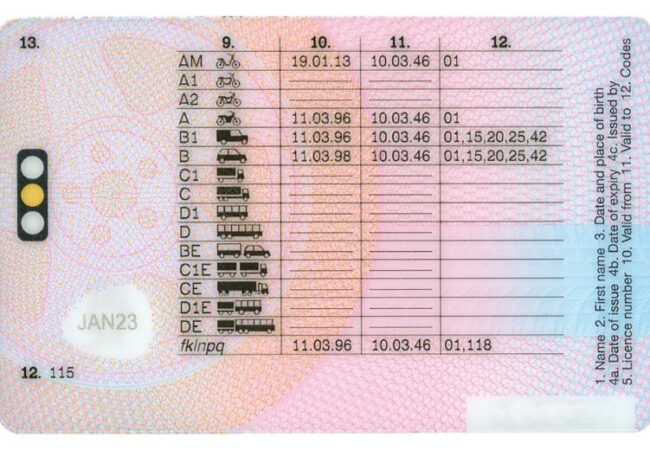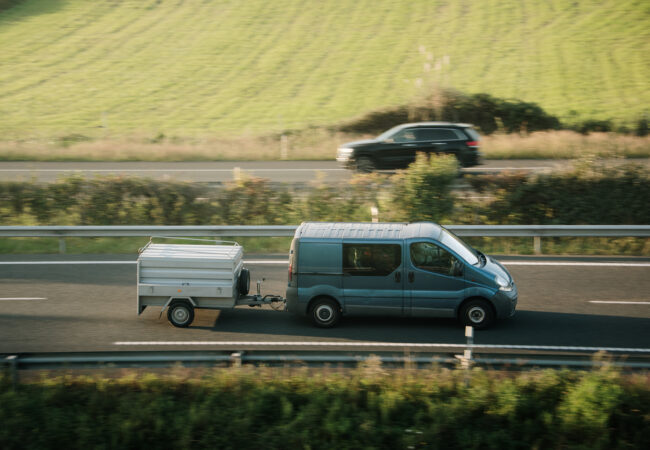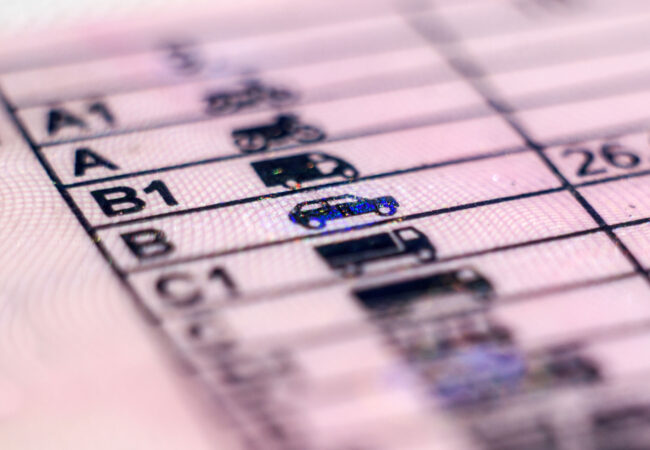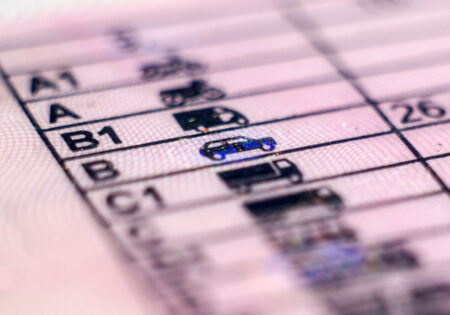The simplest way to check is to look on the back of your photocard driving licence where you will find a list of the categories you can drive. But this list doesn’t explain the various rules which can apply depending on when you passed your driving test. Here’s our simple guide to UK driving licence rules…

The one that everyone has (entitling you to drive vehicles up to 3.5 tonnes), but what other categories you can drive depends on when you passed your test. Those who passed their test after January 1, 1997, have different rules: you can drive vehicles up to 3,500kg MAM with up to eight passenger seats, and you can tow a. trailer that weighs up to 3,500kg MAM.
You can drive a vehicle up to 3,500kg MAM with a trailer. Again, there are differences depending on when you passed your test. If your BE licence is valid from before 19 January 2013, you can tow any size trailer within the towing limits of the vehicle, but if it is valid after 19 January 2013, you can tow a trailer with a MAM of up to 3,500kg within the towing limits of the vehicle. For electric vans, the weight limit is 4,250kg MAM (to take account of the heavier weight of batteries in EVs compared to regular diesels), although the vehicle and trailer limit remains at 7,000kg.

You may be able to drive a C1 vehicle on your current licence.
If you passed your test before January 1, 1997, you can drive a vehicle and trailer up to 8,250kg MAM, or a minibus (D1) with no more than 16 passenger seats and with a trailer of 750kg MAM. If you have passed your driving test after January 1, 1997, and you need to drive vehicles between 3,500 and 7,500kg, you need to take the C1 driving test. If you passed your driving test before this date, you can drive vehicles between 3,500 and 7,500kg MAM, plus a trailer up to 750kg but not exceeding 8,250kg (denoted by code 107 on the reverse of the driving licence).
The same as above, only you can tow a trailer over 750kg MAM. However, the combined weight of vehicle and loaded trailer cannot exceed 12,000kg. You must take an additional driving test to be able to drive the C1+E combination when it is between the 8,250-12,000kg weight.

You can drive rigid body vehicles (previously known as class 2) over 3,500kg MAM plus a trailer up to 750kg.
Previously referred to as a class 1, this category allows a driver to drive an articulated lorry or draw-bar combination. This could be up to a maximum combined weight of 44 tonnes.
Longer semi-trailers (LSTs) are a type of heavy goods vehicle (HGV) for use on UK roads. They can be up to 15.65 metres in length, which is up to 2.05 metres longer than a current standard semi-trailer (13.6 metres).

If you passed your test prior to January 1, 1997, you can drive a minibus with no more than 16 passenger seats, a maximum length of 8 metres, plus a trailer up to 750kg MAM (but are most likely to be subject to code 101 – not for hire or reward).
You can drive minibuses as outlined above with a trailer over 750kg, but the combined MAM cannot exceed 12,000kg.
You must renew photocard driving licences every 10 years. It costs £14 a time and you will receive a reminder before your current licence expires.
Our driving advisory PDF is a valuable resource designed to help you and your team make sense of the changes made to UK driving licence categories. This guide aims to simplify the current framework so you can ensure your drivers are qualified to drive the correct vehicles.

Assessing a driver’s expertise in managing the high-risk environment of urban driving and reducing the likelihood of being involved in a preventable driving incident.
Level up your driving skills and safety awareness with our dynamic advanced performance driver training.
Learn all the skills of winter driving and skid control at our own driver training centre at the spectacular Donington Park race circuit.